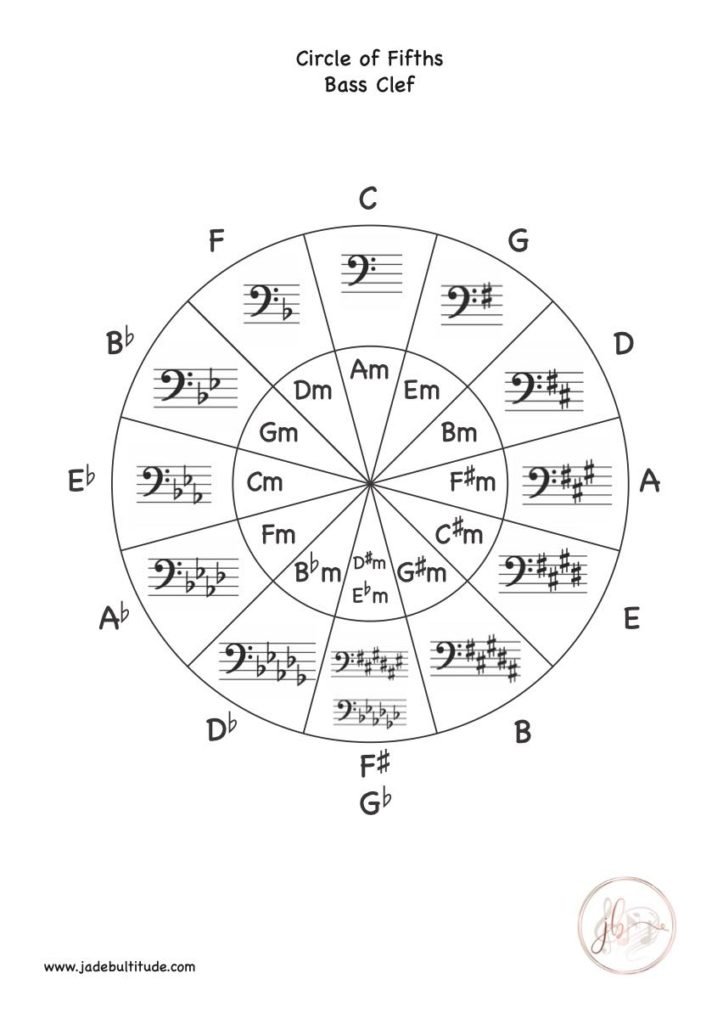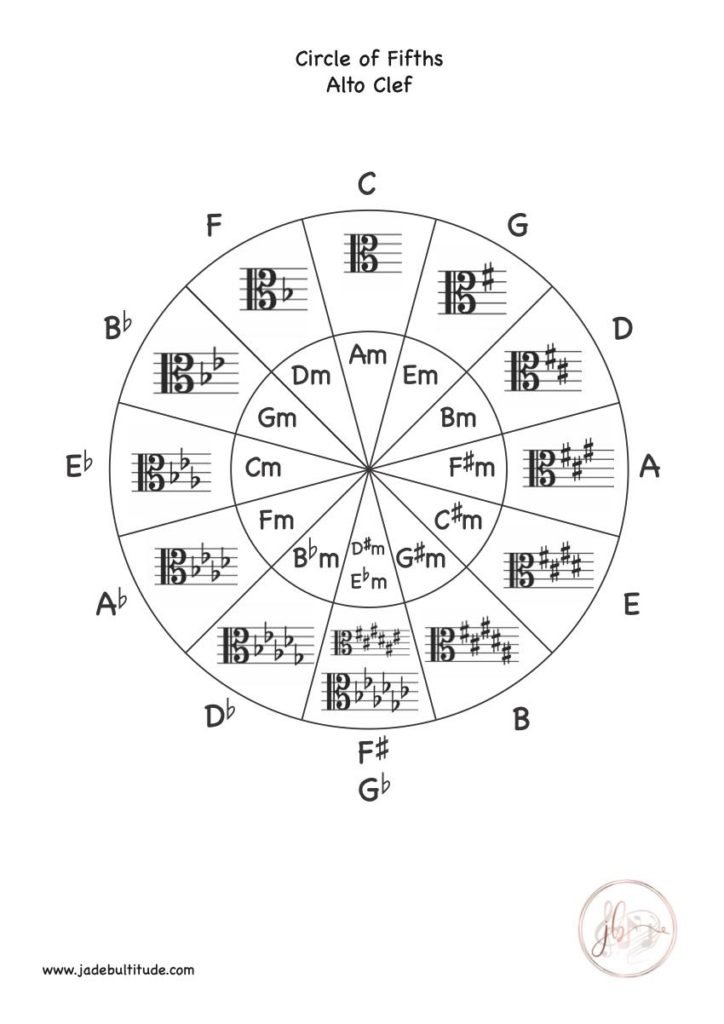There are a lot of Grade 5 Music Theory Keys and Scales to learn and they form a whole section of this ABRSM exam. It is essential that any student wanting the top marks has a great understanding of these ideas. With over 14 years experience teaching music theory, I understand that students need to know exactly what is tested on the exam. Below you’ll find all the scales and key signatures you’ll need to know to blitz the exam…and become a great musician.
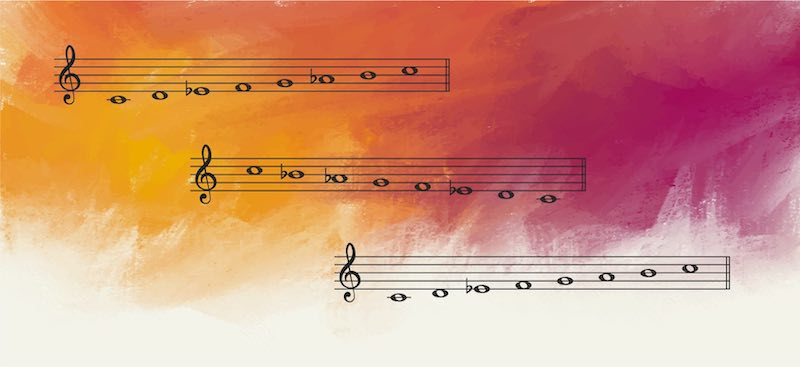
How Many Scales do I need to Know?
For ABRSM Grade 5 you will need to know all Major scales (x12) and Natural Minor scales (x12). You will also need to learn harmonic minor (x12) and melodic minor scales (x12) for all minor keys. This makes 48 scales in total.
How to Learn Key Signatures
All Major and Minor keys up to six sharps and six flats. This includes being able to write them out in all four clefs (treble, bass, alto and tenor). Below is the circle of fifths, which is a great diagram or remembering your key signatures.
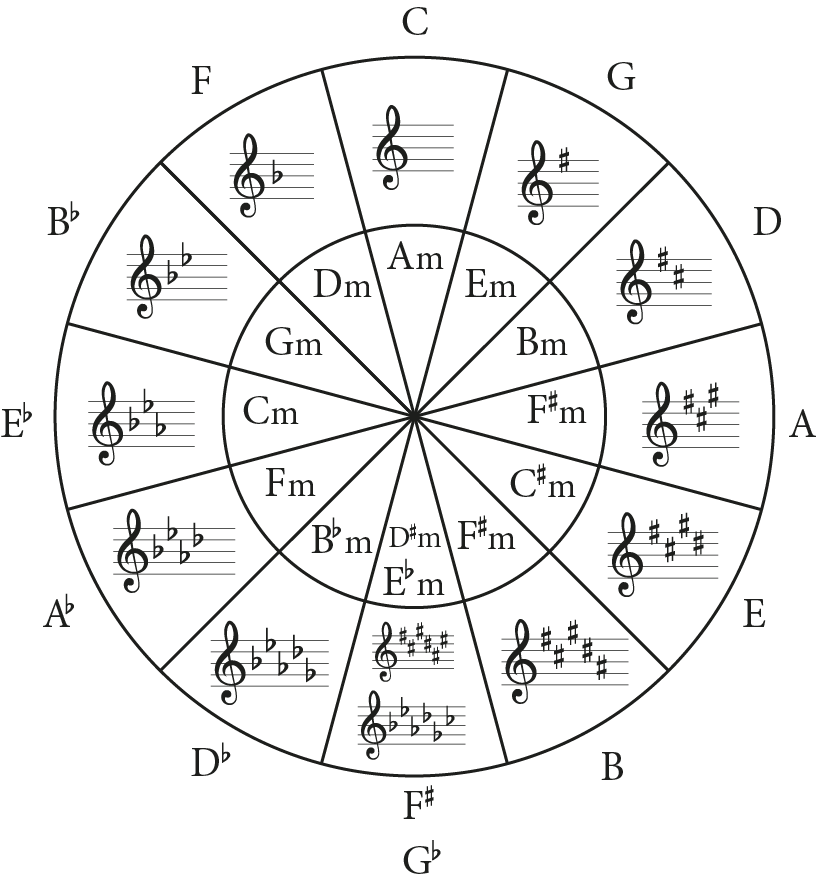
We also have worksheets and that can help you memorise your key signatures in the alto, tenor and bass clefs.
Major Scales
Below is a list of all the Sharp Major scales.

And here are all the flat major scales.

Minor Scales
Natural Minor Scales
In addition to all the major keys, we also need to be able to write out all natural minor scales. This can be done be remembering the relative minor of each major scale. Remember that the 6th note of every major scale is the first note of the relative minor.
For example A is the 6th note of C Major, so A Minor is the relative minor key of C Major. They both share a key signatures of zero flats or sharps. Use the circle of fifths to help you with this.
Harmonic and Melodic Minor Scales
Below is an example of harmonic and melodic minor scales using the key of C Minor. C Minor has a key signature or three flats: Bb, Eb, and Ab.
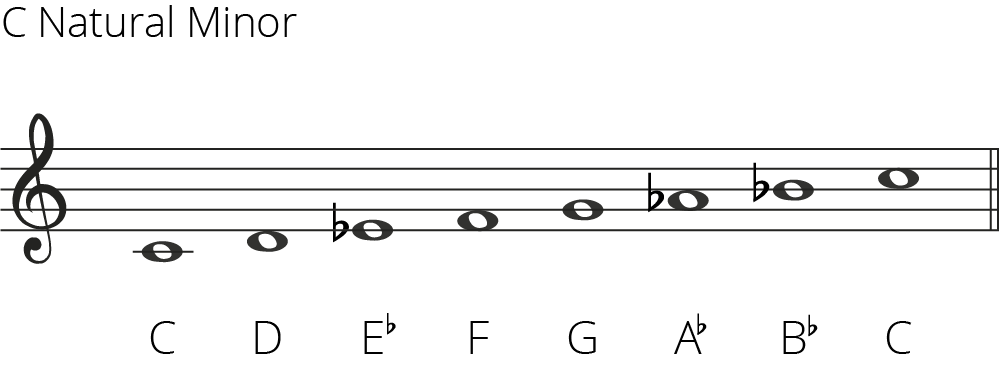
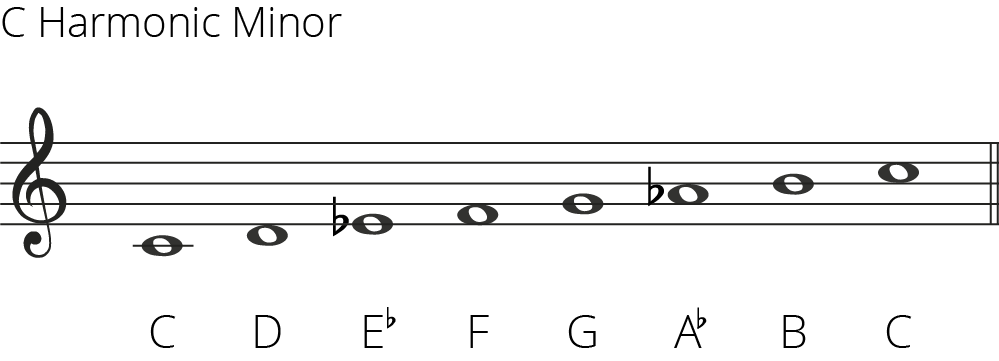
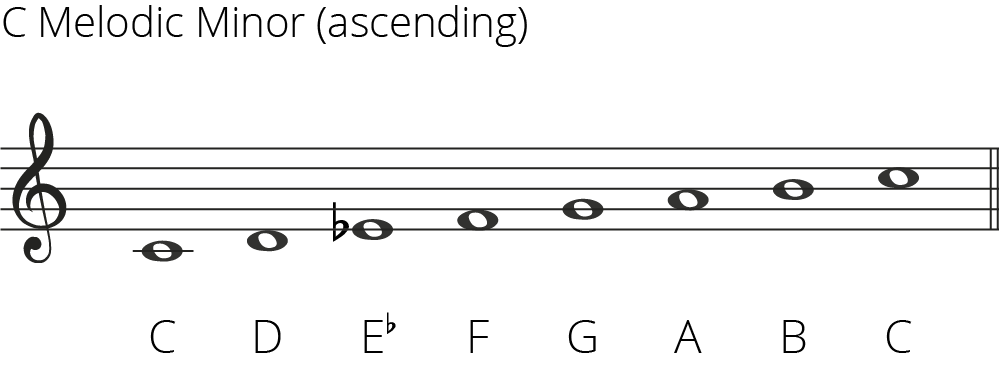
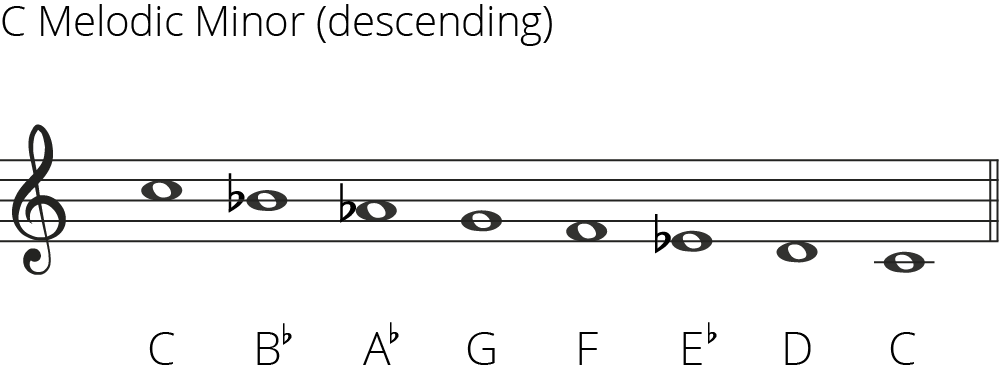
You do need be able to work out each of these scales for every key. See our quick tips below to remember them.
- Natural Minor – Same accidentals as the relative major key (use the circle of fifths to help you).
- Harmonic Minor – Natural Minor Scale with a raised 7th note, ascending and descending.
- Melodic Minor – Ascending has a raised 6th and 7th note, descending is the natural minor (lower the 6th and 7th note).
More Resources
Check out our complete guide to grade 5 (ABRSM) so that you can explore the rest of the curriculum and practice your skills.
Feeling confident, why not try our free Grade 5 Music Theory Practice Paper.
Want to explore more usual scales that are beyond Grade 5, have a look at ToneGym’s interactive scale app.


